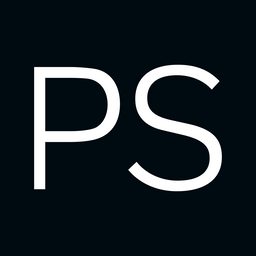Automation Workflow with Infrahub, Nornir & Jinja2
Originally published in https://www.opsmill.com/simplifying-network-automation-workflows-with-infrahub-nornir-and-jinja2/

In this blog post, we will explore how InfraHub integrates with Jinja2 and Nornir to simplify network automation workflows. To demonstrate, we'll add two Arista devices to InfraHub, treating them as basic access switches. We'll then input the necessary details for these devices to generate configurations. We'll focus on creating VLAN and some interface configurations to keep it simple.
For each device, we'll assign a primary IP (used for SSH), configure a few interfaces with descriptions, and specify an untagged VLAN for each interface. Additionally, we'll define these VLANs globally in InfraHub (not tied to any specific device). A Jinja2 template will then use this information to generate configurations for each device. Finally, we'll use the nornir-infrahub plugin as the inventory source and Napalm to push the generated configurations to each device.

Prerequisites
This blog post assumes you are somewhat familiar with Git and Docker. If you’re new to InfraHub, don’t worry, you should still be able to follow Continue reading
Trying to Automate Palo Alto Firewall Objects/Rules Cleanup
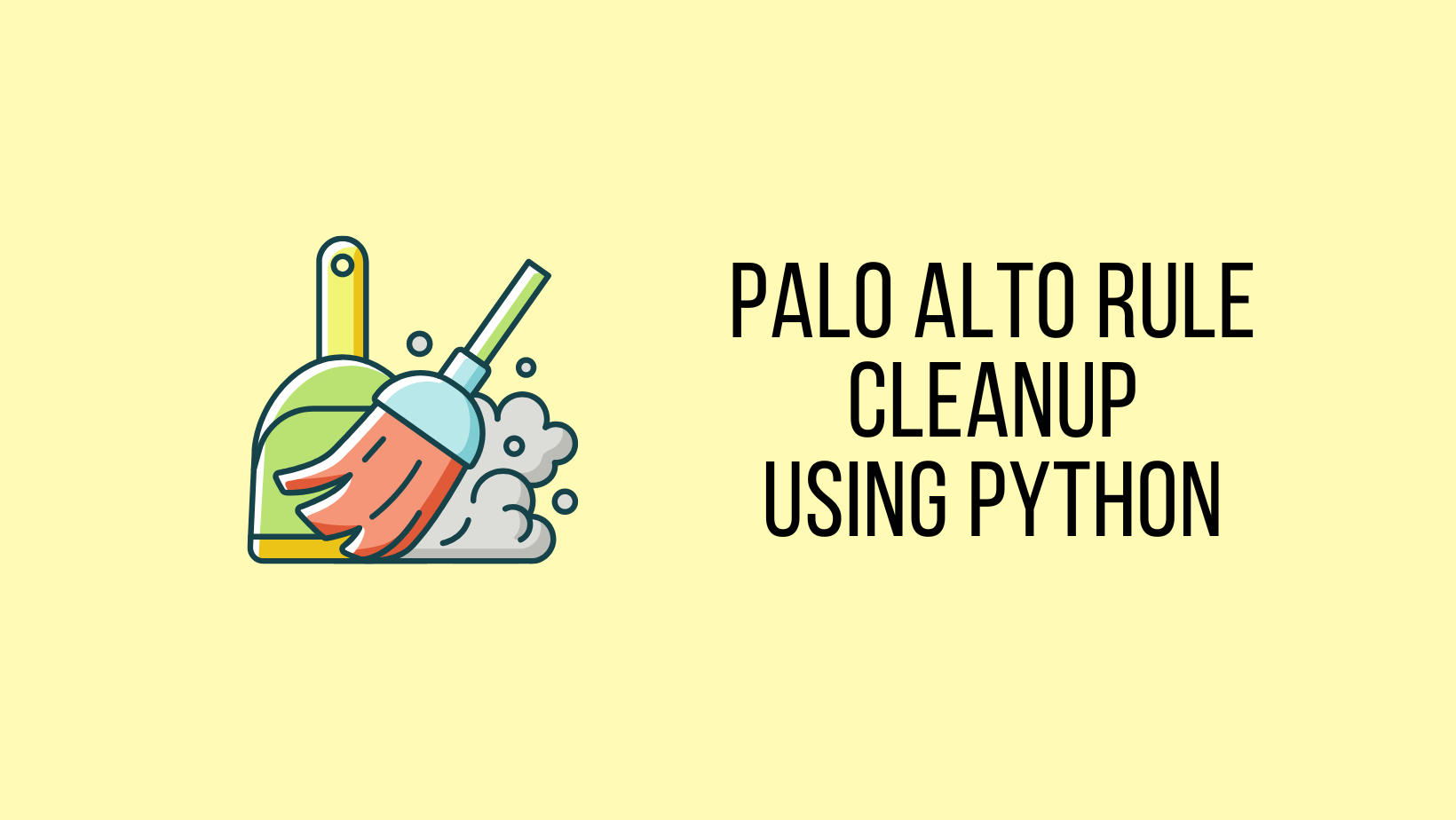
In this blog post, we will walk you through how to clean up Palo Alto Firewall Objects and Rules using a simple Python script. The script is designed to search for a specific IP address or an entire subnet and remove any associated references.
The Problem
Have you ever found yourself in a situation where you've decommissioned a server or maybe even an entire subnet, and now you're faced with the task of cleaning up your firewall? If you're using Palo Alto, you probably know that you can't just remove an address object; you first need to eliminate all its references from address groups and rules.
This can become especially cumbersome if a single object is referenced in multiple places—you'll have to remove them one by one. Now, imagine having to do this for an entire subnet where multiple objects are involved. If this sounds familiar, read on to find out how to make this process easier using a simple Python Script.
If you are looking for a more sophisticated solution, feel free to check my other blog post on how to achieve this via the 'pan-os-php' library.
Palo Alto SSL Decryption and App-ID

If you work with Palo Alto firewalls, you might have heard of App-ID. They work well and let us create security policies based on 'applications' rather than TCP/UDP port numbers. For example, instead of allowing UDP/53, we can allow the application 'DNS'. In this blog post, we will look at how App-ID works with and without SSL Decryption. Let's get to it.
If you are new to App-ID and want to know how it works, feel free to check out my introductory post below.

As always, if you find this post helpful, press the ‘clap’ button on the left. It means a lot to me and helps me know you enjoy this type of content.
App-ID Recap
When you have an NGFW like Palo Alto, you don't want to rely on port numbers for your security policies. Instead of allowing TCP/3389, TCP/389, or UDP/514, you want to use RDP, LDAP, or Syslog. Using specific port numbers, like TCP/3389, Continue reading
Paperless-ngx Self-Hosted Document Manager

At the moment, most of my documents are stored in Google Drive and locally on my machine. Whenever I need something, I go to Google Drive, search for it, and download it. While this works well, with all the concerns around privacy and data usage, I’d prefer to keep my documents locally rather than relying on cloud providers.
Recently, I came across a great self-hosted document manager called 'Paperless-NGX'. It not only helps with organising documents but also includes OCR functionality, allowing me to search within the documents themselves.
In this blog post, we'll go through how to set it up in a local environment and also cover how to put it behind the Caddy reverse proxy.

Paperless-NGX Installation with Docker
Paperless-NGX is a self-hosted document management system that helps organize and search documents easily. It comes with built-in OCR, allowing you to search within scanned documents and PDFs. One of the easiest ways to install Paperless-NGX is using Docker.
I went through the official documentation to Continue reading
Setting up Proxmox Backup Server

If you follow my blog, you may know that I recently migrated to Proxmox as my hypervisor, and I absolutely love it. My Proxmox server runs on a custom-built PC with an i9-10900K, 128GB RAM, and 3 x 1TB SSDs. I’m not using anything fancy, just a good number of VMs spread across two of the SSDs.
In this post, we’ll go through the process of setting up Proxmox Backup Server and backing up all the VMs from my Proxmox server to this backup server.
As always, if you find this post helpful, press the ‘clap’ button on the left. It means a lot to me and helps me know you enjoy this type of content.

Why Proxmox Backup Server?
I’ve been running Proxmox for a few months without any backups. I did create some snapshots inside Proxmox in case I messed up a VM, so I could roll back if needed. Continue reading
Running Unifi Network Application in Docker

As of January 2024, the linuxserver/unifi-controller Docker image has been deprecated and is no longer receiving updates. This means it may no longer be secure or compatible with newer versions of UniFi devices. Users are now advised to switch to the linuxserver/unifi-network-application image, which is actively maintained and provides the latest version of the UniFi Network Application.
In this blog post, we will cover how to run the new image in Docker and how to migrate from the old image to the new one without losing your existing configuration.
As always, if you find this post helpful, press the ‘clap’ button on the left. It means a lot to me and helps me know you enjoy this type of content.
Overview
In my homelab, I have a USW Lite 8 PoE, U6-Pro, and U6 Mesh. I had been running the older linuxserver/unifi-controller Docker image since I first set them up. My controller was on version 8.0.34, if I remember correctly.
Recently, I moved to a new host, so I decided it was the right time to migrate to the new linuxserver/unifi-network-application image. While checking their GitHub page, I found this note.
You Continue reading
Using the Continue VSCode Extension and Local LLMs for Improved Coding

Welcome back to another post on local LLMs. In this post, we’ll look at setting up a fully local coding assistant inside VSCode using the Continue extension and Ollama. Let’s get started.
As always, if you find this post helpful, press the ‘clap’ button on the left. It means a lot to me and helps me know you enjoy this type of content.
Overview
We’ve covered Ollama and Local LLMs in previous blog posts (linked below), but here’s a quick summary.
Ollama is a tool that lets you run large language models (LLMs) directly on your local machine. Local LLMs are language models that run on your computer instead of relying on cloud-based services like ChatGPT. This means you can use them without sending your data to external servers, which is great for privacy. They also work offline, so you’re not dependent on an Internet connection.
That said, it’s important to note that local models, especially on smaller setups, won’t match the speed or performance of cloud-based models like ChatGPT. These cloud models are powered by massive infrastructure, so they’re faster and often more accurate. However, the trade-off is privacy and offline access, which local LLMs provide.
Using Ollama with a Web-Based GUI

When I first started using local LLMs with Ollama, I quickly realised it relies on a command-line interface to interact with the models. It also comes with an API, but let’s be honest, most of us, myself included, prefer a GUI, much like the one ChatGPT provides. There are plenty of options available, but I decided to try Open Web GUI. In this blog post, we’ll explore what Open-WebGUI is and how simple it is to set up a web-based interface for your local LLMs.
As always, if you find this post helpful, press the ‘clap’ button on the left. It means a lot to me and helps me know you enjoy this type of content.
Overview
Ollama is a tool for running local LLMs, offering privacy and control over your data. Out of the box, it lets you interact with models via the terminal or through its API. Installing Ollama is straightforward, and if you’d like a detailed guide, check out my other blog post which is linked below.
This blog post assumes you already have Ollama set up and running. For reference, I’m running this on my MacBook (M3 Pro with 18GB of RAM).
open-webui
Open Continue reading
Running Large Language Models (LLM) on Your Own Machine Using Ollama
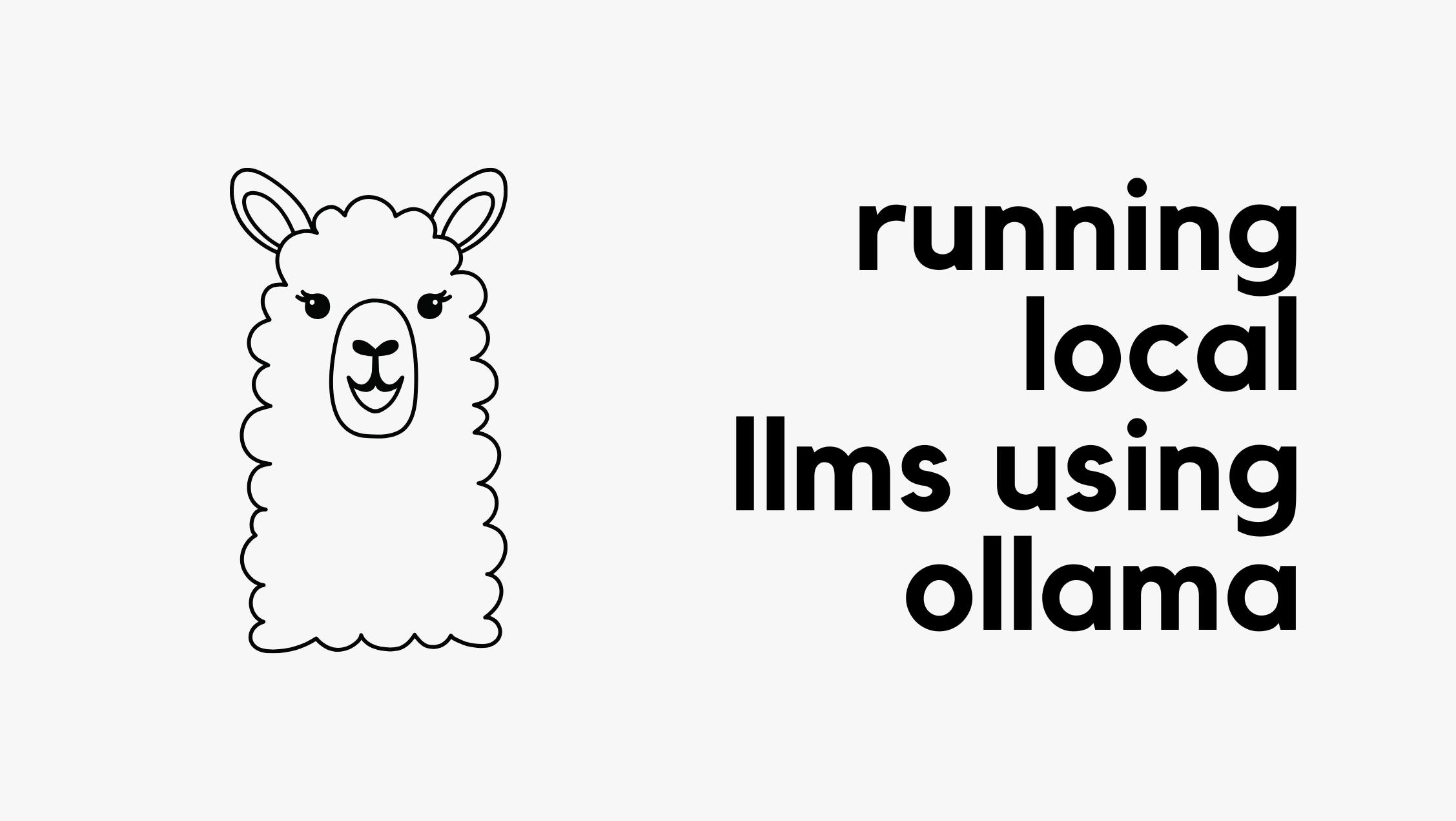
I’m going to start by saying I’m totally new to LLMs and running them locally, so I’m not going to pretend like I know what I am doing. I’ve been learning about Ollama for some time now and thought I would share it with my readers as always. This is such an interesting topic and I’m ready to go into the rabbit hole.
As always, if you find the content useful, don’t forget to press the ‘clap’ button to your left. This is one way for me to know that you like this type of content, which means a lot to me. So, let's get started.
Large Language Models (LLMs)
LLMs, or Large Language Models, are a type of artificial intelligence designed to process and generate natural language. They are trained on vast amounts of text data, enabling them to understand context, identify patterns, and produce human-like responses. These models can perform various tasks such as answering questions, translating languages, summarising text, generating creative content, and assisting with coding. LLMs have gained significant attention in recent years due to their impressive performance and versatility.
Running Containerlab in macOS (Cisco IOL/cEOS)
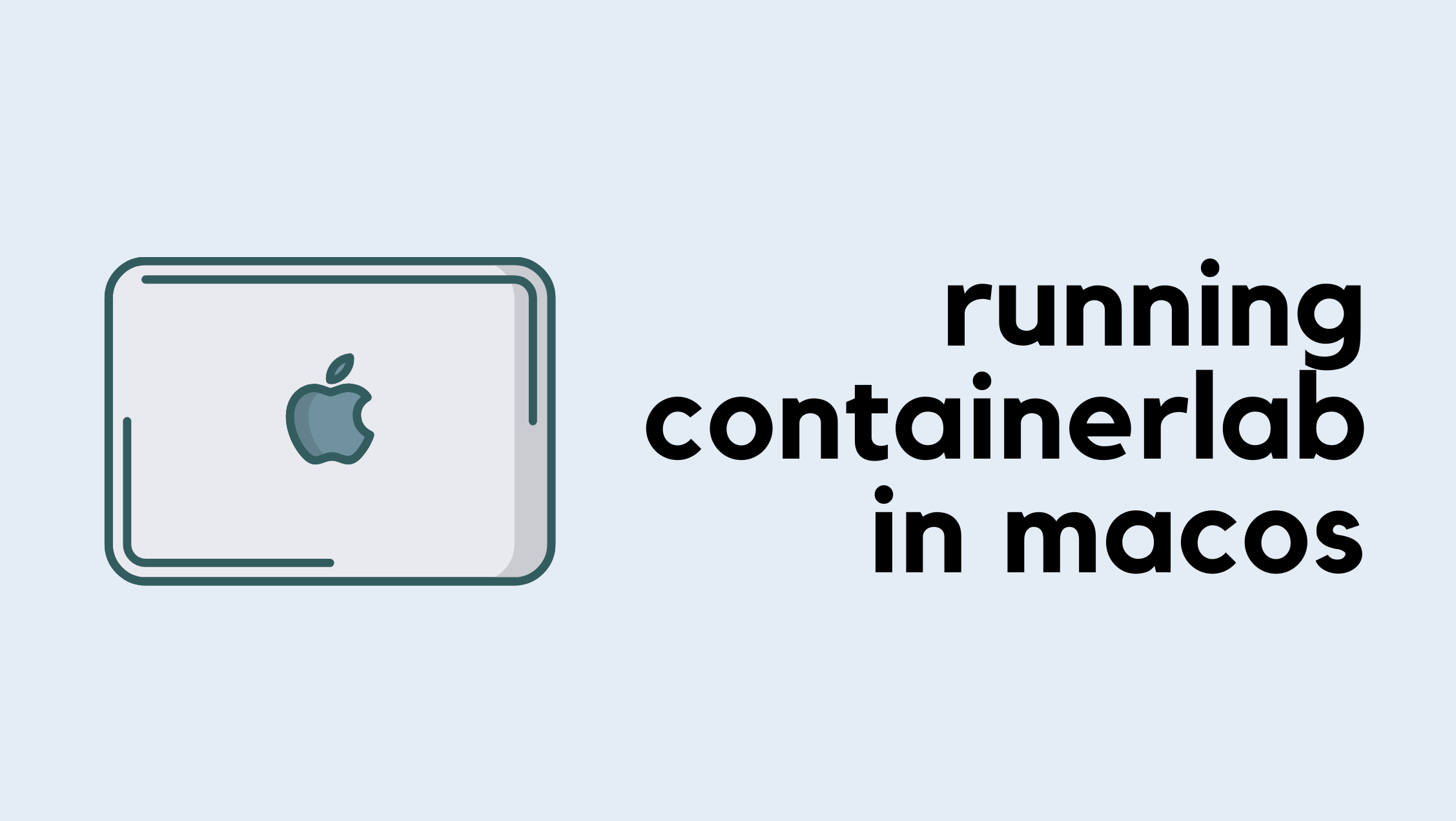
Let me start by saying that I usually run Containerlab on a dedicated Ubuntu 22.04 VM, which sits on top of Proxmox. All my labs run on this setup. However, I recently wanted to try running Containerlab directly on my MacBook (M3 Pro with 18GB of RAM) for a few reasons. For example, I might need to run labs while I’m away, work offline, or use a MacBook at work where I can’t access my home network. So, I decided to test whether I could run Cisco IOL and Arista EOS on macOS. The answer is yes, and here’s how you can do it.
As always, if you find this post helpful, press the ‘clap’ button on the left. It means a lot to me and helps me know you enjoy this type of content.
If you’re new to Containerlab and trying to understand what it is, I highly recommend checking out my introductory post, which is linked below. It covers the basics and will help you get started.
Palo Alto How to Configure SSL Decryption?

Most websites we access today use HTTPS, and to fully leverage a Next-Generation Firewall (NGFW) like Palo Alto, inspecting encrypted HTTPS sessions is crucial. Configuring SSL decryption isn't just a set-it-and-forget-it task. It requires careful consideration and ongoing improvements. In this blog post, we'll explore how to configure SSL decryption in Palo Alto firewalls and highlight some pitfalls to be aware of. So, let's get to it.
As always, if you find this post helpful, press the ‘clap’ button on the left. It means a lot to me and helps me know you enjoy this type of content.

SSL Decryption Considerations
As I mentioned earlier, configuring SSL decryption isn’t as simple as flipping a switch. Decryption allows your firewall to inspect the contents of encrypted sessions. Normally, HTTPS traffic is encrypted from your browser to the server, ensuring the sessions are private. However, with SSL decryption, the firewall acts as a man-in-the-middle, inspecting the traffic in plain text. It’s crucial Continue reading
Running EVE-NG in Proxmox
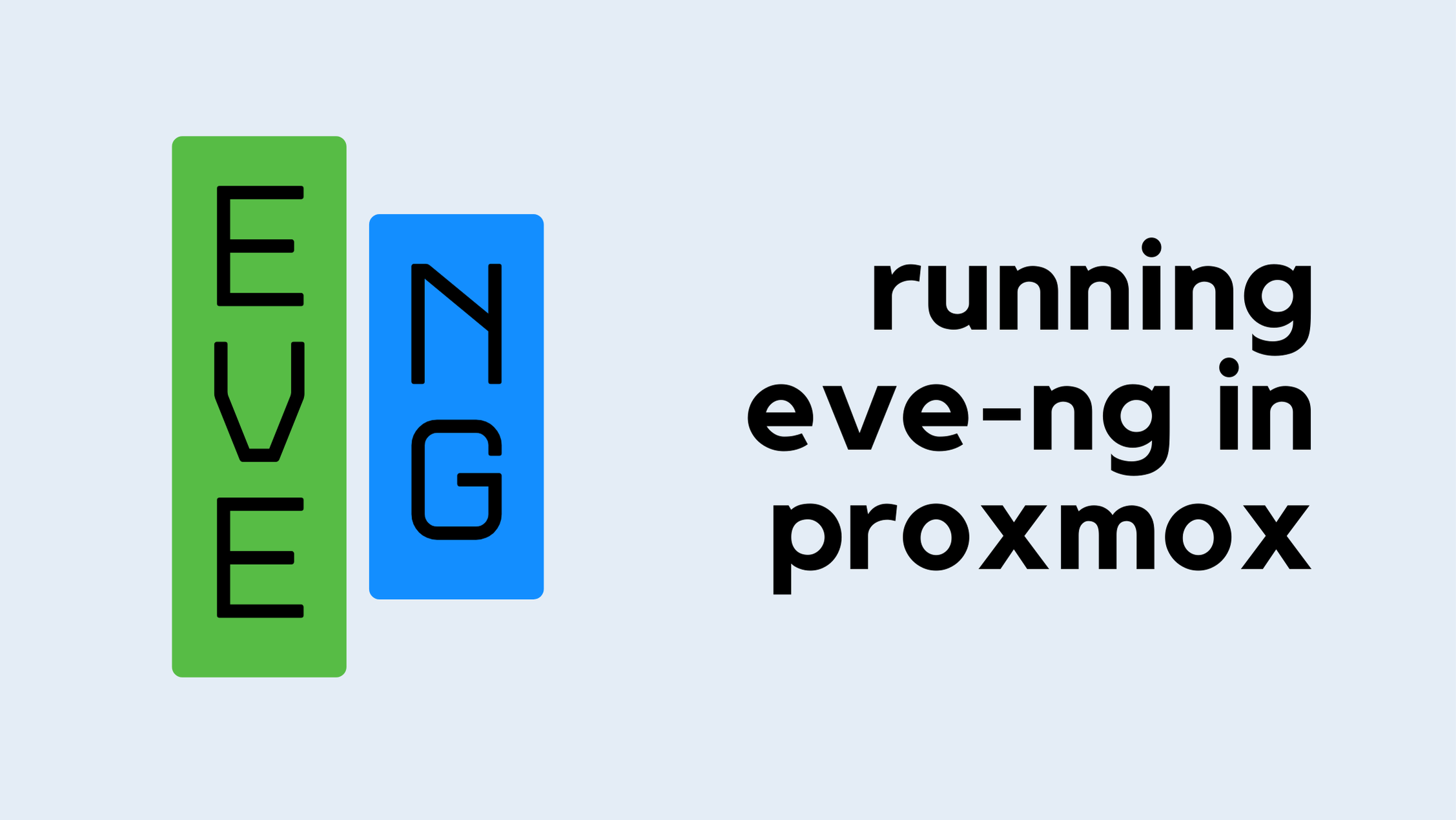
If you follow my blogs, you might know that I recently switched to Proxmox from VMware Workstation Pro for my home lab. I’ve already migrated most of my VMs, including Cisco CML, to Proxmox, and the last piece left was EVE-NG. In this blog post, we’ll go through the steps to install EVE-NG in Proxmox. Let’s get started!
As always, if you find this post helpful, press the ‘clap’ button on the left. It means a lot to me and helps me know you enjoy this type of content.

Overview
EVE-NG doesn’t have official documentation for Proxmox, but it works perfectly fine, and I haven’t faced any issues so far. For this example, I’m using
- Proxmox version 8.3.0
- EVE-NG Community Edition 6.2.0
Most of the VM’s settings can be left at their default values, but there are a couple of changes I had to make. Before diving in, let's have a quick look at Nested Virtualization.
Nested Virtualization
Nested virtualization allows you to run virtual machines Continue reading
InfraHub Schema Library
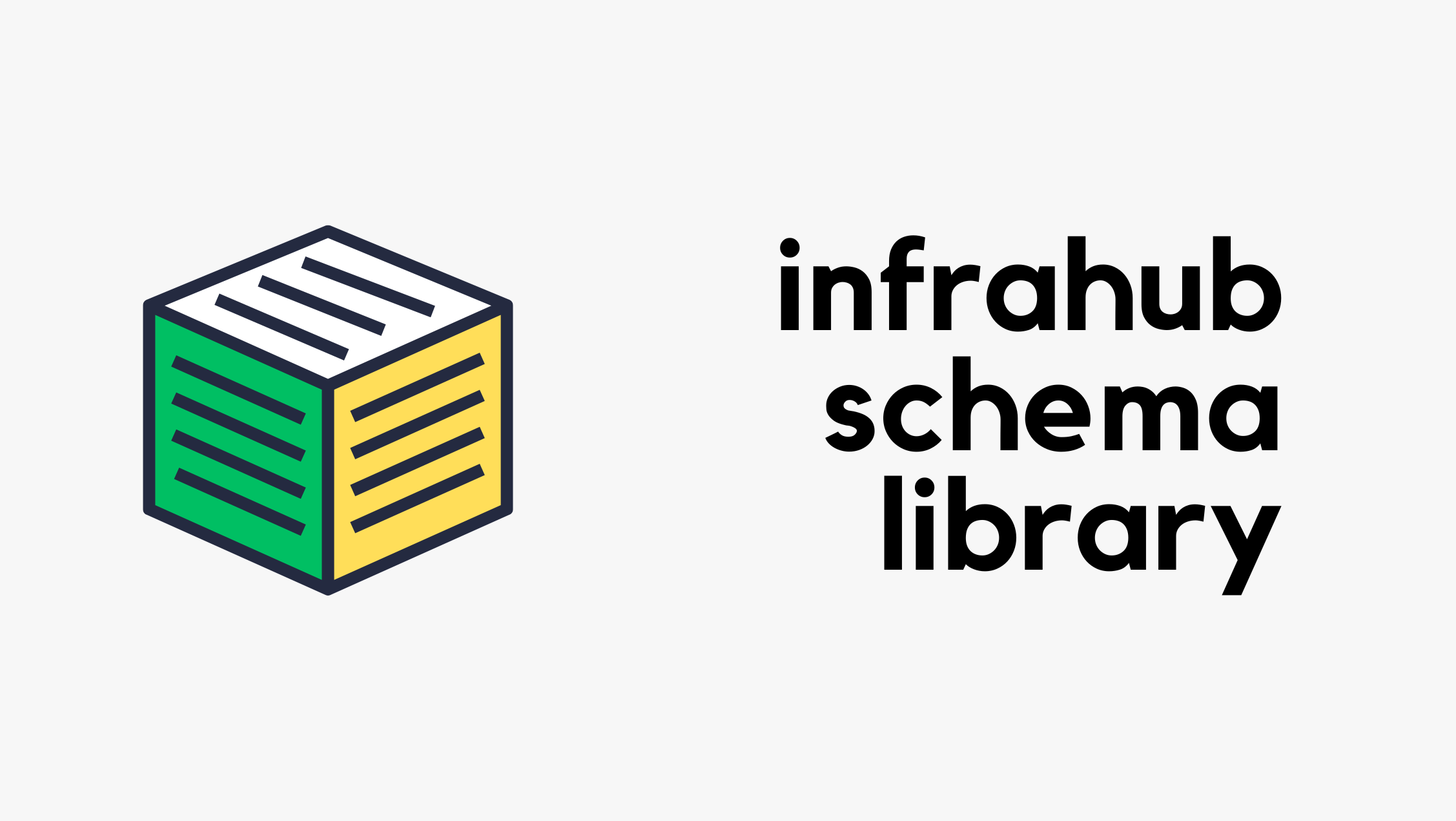
In my previous InfraHub introductory post, we covered installation and the basics of InfraHub. In this second post, let’s explore the ‘Schema Library’ provided by OpsMill, the team behind InfraHub. As mentioned in the previous post, InfraHub doesn’t include any user-defined schemas out of the box, so we need to create our own. However, the Schema Library repository offers a collection of schemas that we can easily import into InfraHub. In this post, we’ll take a closer look at the Schema Library and how to use it.
If you are new to Infrahub and want to learn the basics of what it is and how to install it, feel free to check out my introductory post below.

Recap on Schema
The way I think about schema is that it is a blueprint that defines the structure of your data. It specifies the nodes (like devices and interfaces), their attributes, and the relationships between them. This allows you to customize how you Continue reading
Palo Alto URL Filtering and SSL Decryption

In my previous blog posts (linked below), we looked at how to allow or block specific websites using URL filtering. In this post, we'll look into how to use URL filtering with SSL decryption for more granular control.


Why Do We Need SSL Decryption?
Previously, we saw how to block sites like facebook.com or cnn.com, or allow specific websites blocked by a URL Filtering profile. However, these methods fall short when more granular access is required. Most website traffic today is encrypted with HTTPS, meaning the firewall cannot inspect what's happening within those sessions.
Without SSL decryption, the Palo Alto firewall (or any NGFW) relies on the SNI or CN of the certificate Continue reading
Palo Alto How to Block Specific URLs?

When working with Next-Generation Firewalls (NGFWs), you may come across situations where you need to block specific websites. In this blog post, we'll explore how to block specific sites using a Palo Alto firewall. There are two ways to achieve this, and we'll cover both options.

A Quick Recap on URL Filtering
This blog post assumes you have some familiarity with URL filtering. In a typical setup, you create a URL Filtering profile, configure the categories to allow or block, and attach this profile to your security policies.
Depending on your security requirements, you might block entire categories such as gambling, terrorism, or proxy sites. However, there are times when you only need to block specific sites rather than an entire category.
In this blog post, we'll use cnn.com and samsung.com as examples (no hard feelings toward them, these were just the first sites that came to mind, haha 🙂).
Palo Alto Allow Access To Certain URLs Matching A Blocked URL Category

If you use URL filtering on your Palo Alto firewalls, you may come across situations where a specific URL category is set to block, but you need to allow certain sites. For example, you might block the 'social networking' category but still want to allow access to Facebook. Similarly, you may block 'newly registered domains,' but need immediate access to a site categorized as such. While you can request Palo Alto to re-categorize the site, sometimes you need a quicker solution.
In this blog post, we'll look at how to allow access to specific URLs that match a blocked URL category. There are two ways to achieve this, and I’ll cover both.
A Quick Recap on URL Filtering
This blog post assumes you have some familiarity with URL filtering. In a typical setup, you create a URL Filtering profile, configure the categories to allow or block, and attach this profile to your security policies. For instance, if you block the 'proxy-avoidance' category and try to access a site like expressvpn.com, the traffic will be blocked.

To demonstrate this, I'll set the 'proxy-avoidance' category to block. This means that if I try to access expressvpn.com, it will be blocked. Continue reading
XtendISE Key Features – Simplifying Cisco ISE Management

XtendISE is a user-friendly web application integrated with Cisco ISE and designed to simplify daily tasks and common challenges related to 802.1X without requiring extensive training on Cisco ISE. XtendISE helps manage MAC addresses, troubleshoot 802.1X authentication issues, and simplify the management of switch 802.1X configurations. It also validates configurations to ensure they are set up correctly and as intended.
We covered the basics of XtendISE in a previous article linked below. In this blog post, we will explore in detail three key features that XtendISE offers.
- MAC address management
- Enhanced Troubleshooting Capabilities
- Configuration and Auditing of the network access devices

Mac Address Management
Typically, when a device doesn’t support 802.1X, we collect its MAC address and add it to a specific group in Continue reading
Running Cisco CML in Proxmox

For the past few years, I’ve been running all my virtual machines on VMware Workstation Pro, installed on Windows 11. While it worked well for the most part, there were a few recurring issues. Windows would occasionally reboot to install updates, and when it did, my VMs would go down with it. This dependency on Windows to keep my VMs running became frustrating. Recently, I switched to Proxmox, a type-1 hypervisor, and the difference has been night and day.
In this blog post, we'll go through how to install Cisco CML (specifically CML 2.8 Free Tier) on Proxmox. If you're looking to install Cisco CML on VMware Workstation, check out my other blog post linked below.

Download the Cisco CML Image
Head over to the Cisco download page and select CML (2.8 Free Tier). You need a Cisco account, which is easy to create. Once you create the account and log Continue reading
Getting Started with Infrahub

If you're in the Network Automation space or attended one of the last two Autocon events, you might have come across a new tool called 'Infrahub' from OpsMill. I've been keeping an eye on it and experimenting with the product for some time now. In this blog post, we'll cover how to install Infrahub, what it is, and walk through a simple example to get you started. Let's dive in.
Infrahub Installation
Installing Infrahub is straightforward if you're familiar with Docker and have it installed. For this example, I'm using an Ubuntu 22.04 server with Docker and Docker Compose already set up. Here's all I had to do.
- Clone the Infrahub repository
- Run a single docker command to bring up the services
suresh@infrahub:~$ git clone https://github.com/opsmill/infrahub.git
Cloning into 'infrahub'...
remote: Enumerating objects: 95389, done.
remote: Counting objects: 100% (5707/5707), done.
remote: Compressing objects: 100% (2801/2801), done.
remote: Total 95389 (delta 3698), reused 4482 (delta 2877), pack-reused 89682
Receiving objects: 100% (95389/95389), 136.18 MiB | 40.26 MiB/s, done.
Resolving deltas: 100% (69451/69451), done.suresh@infrahub:~$ cd infrahub/
suresh@infrahub:~/infrahub$ docker-compose up -d[+] Running 70/7
✔ message-queue 10 layers [⣿⣿⣿⣿⣿⣿⣿⣿⣿⣿] 0B/0B Pulled
✔ task-manager 13 layers Continue readingWhy You Should Change Palo Alto Master Key?

Palo Alto firewalls come with a default master key used to encrypt passwords, secrets, and certificates. If your firewall is compromised or someone gains unauthorized access, they can easily decrypt these secrets, posing a significant security risk. In this blog post, let's explore why you should change the master key, important considerations, and how to configure it. Let's get started.
Why Change the Master Key?
Palo Alto firewalls come with a default master key. Anyone with unauthorized access to the firewall can easily decrypt your secrets or export the configuration to another firewall to retrieve those secrets. For this reason, Palo Alto strongly recommends changing the master key as soon as possible.
Master Key Considerations
Configuring the master key isn’t something you can just set and forget; it requires careful consideration. Here are some important points to keep in mind.
- The new master key must be exactly 16 characters long.
- If your firewalls are in an HA pair, you need to disable 'Config Sync' before configuring the key, as the key does not sync across the pair. You must configure the exact same key on each firewall individually.
- If the master key expires, the firewall or Panorama will Continue reading





